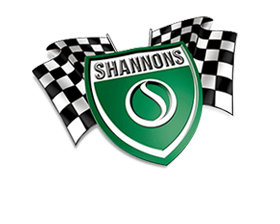1960 Austin-Healey Sprite Mk1 'Bug Eye' Roadster
Sold: $44,000
Specifications
| Engine | 948cc in-line four cylinder |
|---|---|
| Gearbox | Four-speed manual |
| Body Work | Convertible |
| Colour | Cream |
| Interior | Red |
| Trim | Vinyl |
| Wheels | Steel with hubcaps |
| Brakes | Drums |
Description
Launched by Austin-Healey in 1958 as an affordable sports car alongside the 100/6, the original "Bugeye" Sprite was a surprisingly innovative design, being the first British sports car to feature unitary construction. Developed by Gerry Coker, Donald and Geoffrey Healey, the Sprite’s monocoque chassis followed contemporary race car practice and was closely modelled on Jaguar’s D-type, providing a lightweight and exceptionally strong structure. Two of the more unusual features were the hinged front body section, giving excellent access to the engine bay, and the lack of a boot. Under the simple but distinctive lines, the Sprite was essentially made up of familiar components drawn from the BMC parts bin, including the A35's engine (albeit with twin SUs to boost performance), four-speed gearbox, back axle and front suspension. The rack and pinion steering was sourced from the Morris Minor and Lockheed 7-inch drums proved more than. The BMC A-series engine displaced 948cc and produced 43 horsepower at 5200 rpm, providing “Sprightly” performance (according to The Autocar’s test in June 1958), with critics applauding the car’s cheeky character and agile handling. Announced on May 20th, 1958 there was an extensive options list that included bumper overriders, a laminated glass windscreen and windscreen washers, a heater/demister, tachometer, radio and even a fibreglass hardtop. The Sprite enjoyed a long and successful motor sport career, proving adept at rallying and circuit racing, the Mark I’s maiden class victory in the 1958 Alpine Rally coming just two months after its debut. The car proved a huge commercial success for Austin-Healey, with 48,999 built between 1958 and 1961, when a revised Mark II model was unveiled, the vast majority earmarked for export to the United States. The Sprite ultimately remained in production until 1971 and has a strong following from loyal enthusiasts today, with spares widely available and a thriving domestic club scene.








